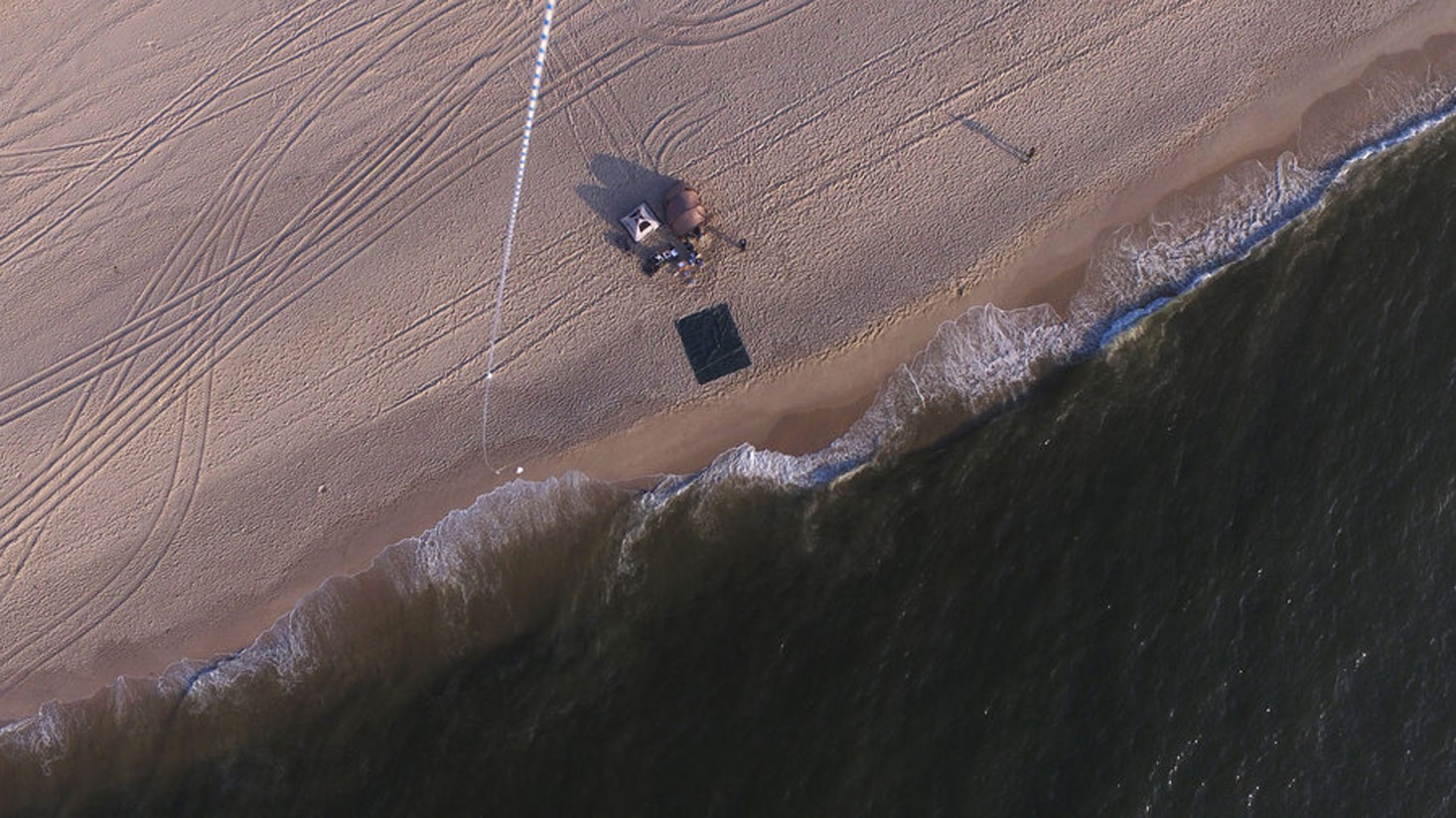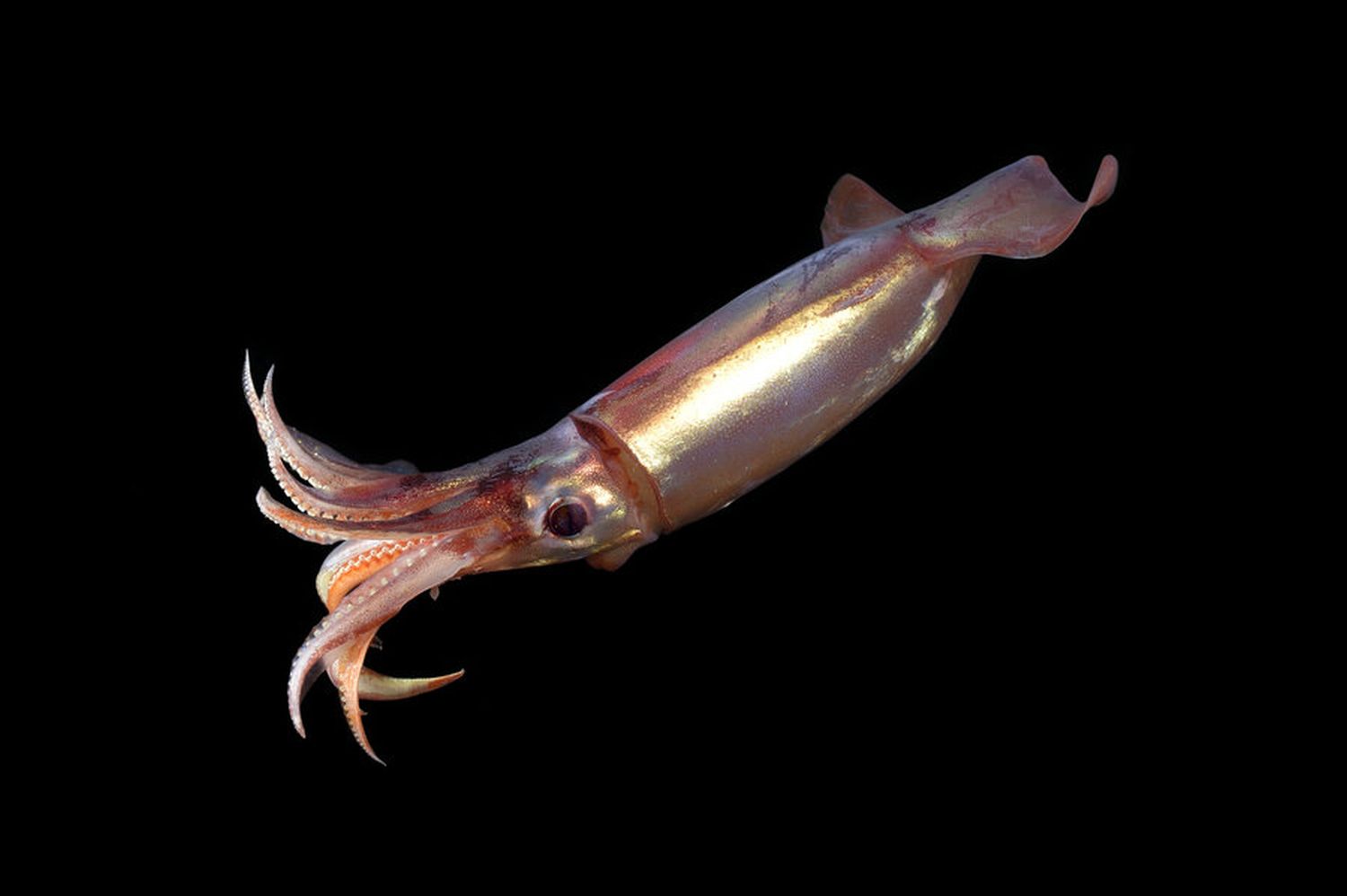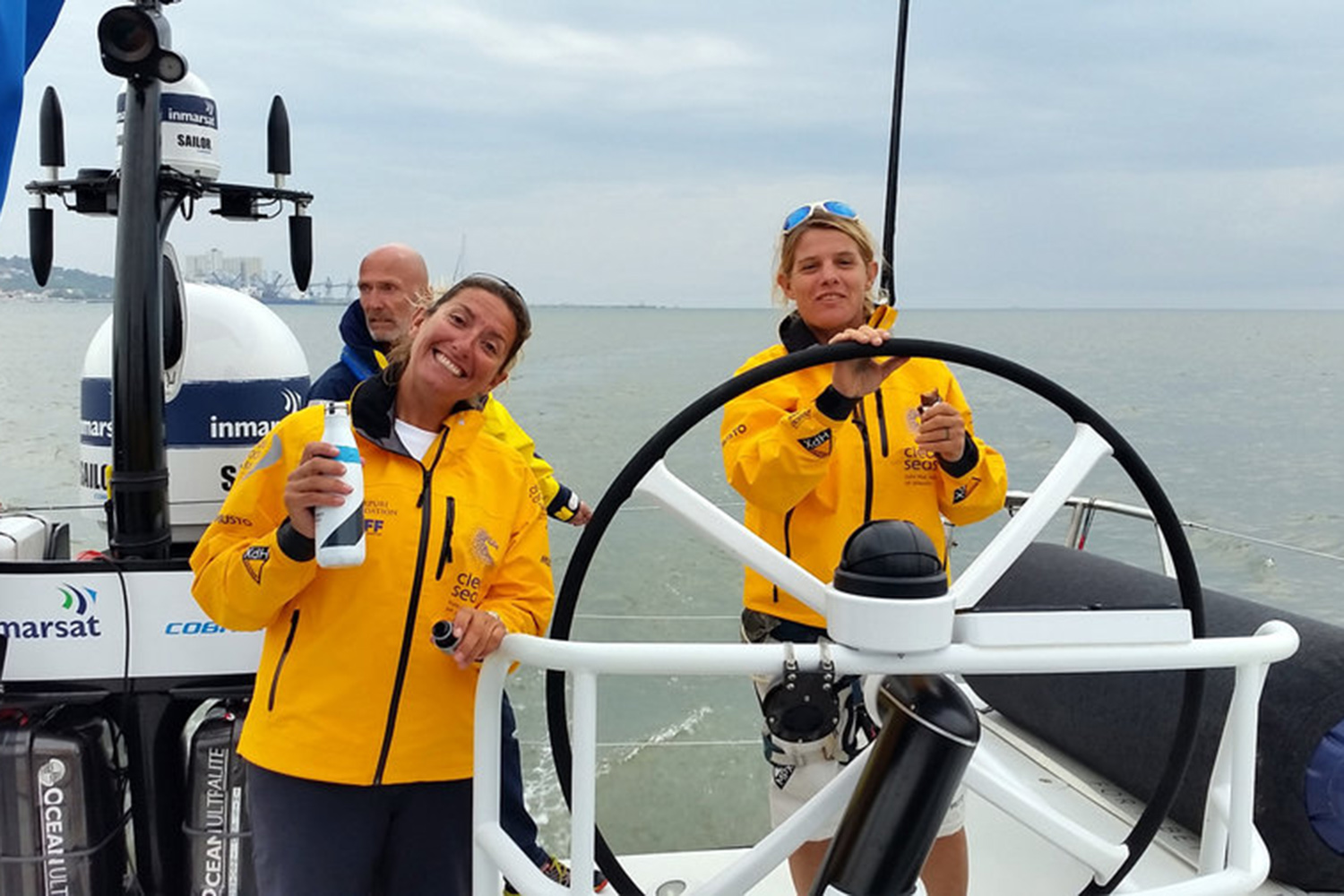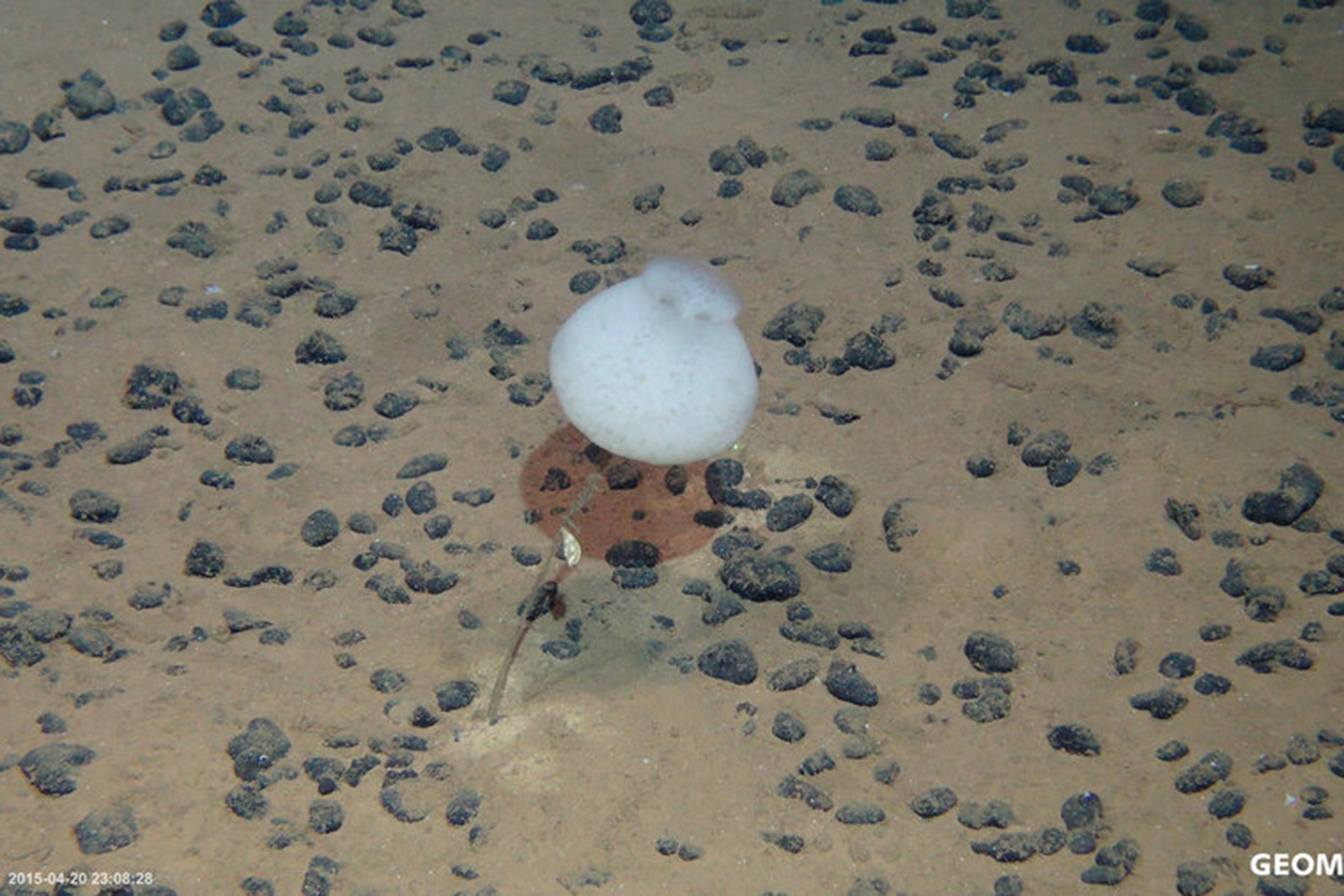The project "LASSO" is funded by the Kiel Cluster of Excellence "The Future Ocean". Unmanned aerial vehicles, so-called drones, are used not only for the production of photos and videos but increasingly for more complex tasks. These mobile platforms are increasingly used in research as well. A team of scientists from GEOMAR Helmholtz Center for Ocean Research Kiel has now for the first time used a medium-sized drone for the collection of air and water samples in the area of the surf zone. The project is funded by the Kiel Cluster of Excellence "The Future Ocean".
At the beginning of April, a DJI Matrice 600 drone was used to take samples on the west coast of the island of Sylt. "We had very variable weather conditions with wind speeds of more than 10 m/s, where the drone proved to be very good", explains the project manager Dr. Birgit Quack from GEOMAR. "On the first mild day, a stroller asked if it wouldn't be easier to do this is summer with a swimmer. On the following stormy days with high surf waves no one asked again, in fact except for us, almost nobody was there", Dr. Quack remarks.
"We were able to fly both horizontal and vertical profiles to take samples of atmospheric parameters in the coastal zone"," Dr. Steffen Fuhlbrügge, meteorologist at GEOMAR and controller of the drone explains. In addition to 120 air samples, 40 water samples were also collected. In addition, the drone recorded images of the sea surface. "The gas exchange between ocean and atmosphere is enhanced by wave breaking, which is detectable via whitecap coverage", explains Prof. Dr. Christa Marandino, atmospheric chemist from GEOMAR. "With our field study, we want to better understand the role of coastal waters as a source of reactive trace gases that are important for tropospheric and stratospheric chemistry and the climate", Marandino continued.
Now, the investigation of the samples continues. The air samples are analyzed by an American scientist at RSMAS, U. of Miami. More than 50 trace gases including halocarbons (e.g. bromoform, dimethlybromide, methyl iodide), non-methane hydrocarbons (e.g. isoprene), and sulfur containing compounds (e.g. dimethyl sulfide) will be analyzed. At GEOMAR, the scientists are mainly concerned with the analysis of water samples and the interpretation of the aerial photos.
Meanwhile the researchers are already forging new plans. "We want to further optimize air and water sampling in order to be able to cover a larger area with more flexibility, as well as to integrate additional sensors (e.g. for meteorological data) on the drone package", says Dr. Quack. Furthermore, sampling and image recording should be coupled with direct gas-transfer measurements in order to better estimate the gas exchange between the atmosphere and the ocean. "In the end, we would like to use this measurement method also for ship expeditions on open ocean, in particular in the tropics and subtropics, as the concentrations of the marine trace gases are often even higher in these regions", says Birgit Quack.
Contact:
Dr. Andreas Villwock(GEOMAR, Communication & Media), Tel.: 0431 600-2802, presse@geomar.de
…



